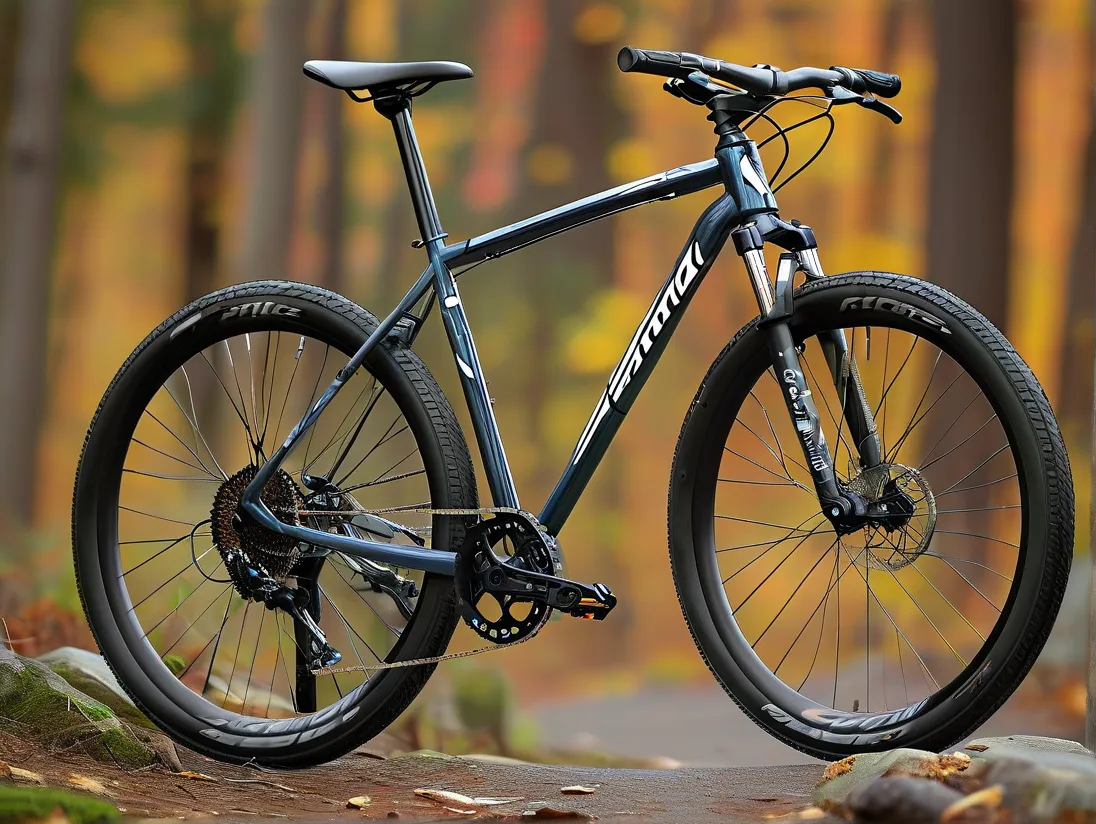Understanding the right gear ratio for your fixie bike can make or break your riding experience. Whether you’re tackling steep hills, sprinting on flat roads, or cruising through urban streets, optimizing your gear setup ensures efficiency, comfort, and performance. A fixie gear ratio calculator simplifies this process by taking the guesswork out of tuning, letting you focus on what matters—riding.
What Is a Fixie Gear Ratio?
Your gear ratio represents the relationship between the number of teeth on your chainring (front) and cog (rear). For example, a 48-tooth chainring paired with a 16-tooth cog creates a 3:1 ratio. This means one full pedal revolution rotates the rear wheel three times. Higher ratios (e.g., 3:1) provide more speed but require greater leg power, while lower ratios (e.g., 2.5:1) offer easier pedaling at the cost of top speed.
Why Gear Ratio Optimization Matters
A poorly chosen ratio leads to inefficient riding. Cyclists often report knee strain, difficulty climbing hills, or “spinning out” (pedaling too fast without gaining speed) when their setup doesn’t match their terrain or riding style. According to a 2022 study by Bicycle Quarterly, over 60% of urban fixed-gear riders improved their average speed and reduced fatigue after optimizing their gear ratios.
How a Fixie Gear Ratio Calculator Works
These tools use a simple formula:
[ text{Gear Ratio} = frac{text{Chainring Teeth}}{text{Cog Teeth}} ]
For instance, a 46T chainring and 17T cog yield a 2.7:1 ratio. Advanced calculators also factor in wheel size to display “gear inches”—a standardized measurement of distance traveled per pedal revolution. Park Tool’s Gear Ratio Calculator is widely trusted by mechanics for its accuracy and user-friendly interface.
Step-by-Step Guide to Using a Gear Ratio Calculator
- Measure Your Current Setup: Count the teeth on your chainring and cog.
- Input Values: Enter numbers into the calculator.
- Analyze Results: Compare ratios for different scenarios (e.g., hill climbing vs. sprinting).
- Test and Adjust: Swap cogs or chainrings based on calculations, then ride-test for feel.
Pro Tip: Aim for a ratio between 2.5:1 and 3:1 for balanced urban riding. Track cyclists often prefer ratios above 3:1 for velodrome speed.
Common Mistakes to Avoid
- Ignoring Terrain: A 3:1 ratio might work on flats but strain you on hills.
- Overlooking Cadence: Ideal cadence ranges between 70–90 RPM. Use a bike computer to monitor.
- Neglecting Maintenance: A worn chainring or cog skews calculations. Replace components every 1,500–2,000 miles.
Expert Recommendations
Sheldon Brown’s Fixed Gear Resource emphasizes matching gear ratios to your fitness level and local terrain. For new riders, starting with a lower ratio (e.g., 2.6:1) builds strength without overwhelming joints. Experienced riders can experiment with higher ratios for competitive sprints.
Conclusion
Optimizing your fixie’s gear ratio isn’t just about math—it’s about tailoring your bike to your body and environment. By leveraging a reliable gear ratio calculator and testing adjustments methodically, you’ll unlock smoother rides, reduced fatigue, and greater control. Remember: small tweaks can lead to significant performance gains. Keep pedaling, keep experimenting, and let the numbers guide your journey.




Leave a Reply